Main Themes
Junk light (artificial light, especially blue-enriched) is detrimental to human health, disrupting circadian rhythms and causing a cascade of negative effects.
Sunlight exposure is crucial for optimal health, regulating hormones, boosting vitamin D production, and mitigating the harmful effects of artificial light.
Protecting children from junk light is particularly important due to their developing brains and increased sensitivity.
Important Ideas/Facts
Junk Light and its Impacts
Modern artificial light, especially blue-enriched LED light, differs significantly from natural sunlight. This "junk light" disrupts our circadian rhythm, primarily by suppressing melatonin production.
Blue light mimics the effects of food by raising blood glucose and insulin levels, contributing to obesity, diabetes, and other metabolic issues.
Constant exposure to blue light from screens leads to lowered dopamine levels, similar to the effects of addictive drugs, making technology more addictive and contributing to depression and other mental health issues.
Children are particularly vulnerable to blue light toxicity due to their developing brains and less myelination, leading to increased risk of ADHD-like symptoms, myopia, and even suicidal tendencies.
"Blue light destroys dopamine levels and the dopamine is a chemical that I think most people have heard of it’s most widely associated with Parkinson’s disease but that’s not the key thing if you go and look at addictive behaviors for depression it’s also associated with those." - Dr. Jack Kruse
Sunlight and its Benefits
Sunlight is a multi-factorial element crucial for human health. It helps regulate hormones like cortisol and melatonin, ensuring proper sleep-wake cycles.
Sunlight, specifically UVB light, is essential for vitamin D production, which in turn regulates over 1000 genes, including those responsible for immune function and preventing skin cancer.
Exposure to morning sunlight resets the circadian rhythm, improves hormone production, and sets the stage for a healthy day. Witnessing sunrise and sunset further strengthens this cycle.
The red light component of sunlight acts as an antidote to blue light toxicity, making outdoor time crucial even on cloudy days.
Practical Recommendations
Minimize exposure to artificial light, especially after dark:Use blue blocking glasses, particularly those that block up to 550 nanometers.
Utilize software like Iris or f.lux to reduce blue light emission from screens.
Switch to incandescent bulbs with yellow, amber, or red tints.
Use candles and firelight in the evening.
Maximize exposure to natural sunlight:Get morning sunlight as soon as possible after waking up.
Spend time outdoors throughout the day, allowing children to play outside as much as possible.
Witness sunrise and sunset daily.
Other lifestyle factors:Consume a circadian diet, eating seasonally and locally sourced foods.
Prioritize hydration, opting for high-altitude water when possible.
Minimize EMF exposure from Wi-Fi routers and other devices.
Quotes from the Sources
On the dangers of junk light:"Blue light destroys dopamine levels and the dopamine is a chemical that I think most people have heard of it’s most widely associated with Parkinson’s disease but that’s not the key thing if you go and look at addictive behaviors for depression it’s also associated with those." - Dr. Jack Kruse
"Studies also reveal that light emitted by LEDs can cause retinal changes, if there is high exposure for even a short period of time." - Exposure to LED lights could be harmful; scientists suggest a simple solution
"Introducing light during the night disturbs the evolved life-sustaining behaviors of animals, such as reproduction, nourishment, sleep, and protection from predators. Studies have shown that light pollution negatively impacts bats, birds, insects, reptiles, amphibians, mammals, and plants." - The Negative Impact of LEDs on the Environment and Health
On the importance of sunlight:"Nothing replaces sunlight. There’s no artificial light out there even if you’re using the right colors that are better than the Sun. The more sun you get the better it is." - Dr. Jack Kruse
“If you are using high-intensity blue light from an LED, the problem is that there is no [beneficial] compensation radiation contained within.” - Dr. Alexander Wunsch
On practical solutions:"For your benefit, Richard, two researchers that have done most of the work around red light in terms of the antidote for blue: their name is Michael Hamblin, he's at Harvard University. The second one is Tina Karu, her first name is spelled T-I-I-N-A, last name K-U-R-U, she's from Russia. Those are the two world experts." - Dr. Jack Kruse
"We recommend if you can, like Dr. Kruse says, to wear the – when you’re on screens, wear the 100%, but if you can’t, then the 60% ones are very effective.” - Dan Huber
Call to Action
The evidence presented in these sources strongly suggests that artificial light, especially blue-enriched light, poses a significant threat to human health. Individuals, especially parents, must take action to minimize junk light exposure and prioritize sunlight exposure to protect their health and well-being. Further research and public awareness campaigns are crucial to address this growing public health concern.


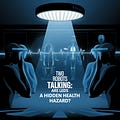
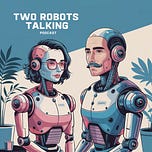
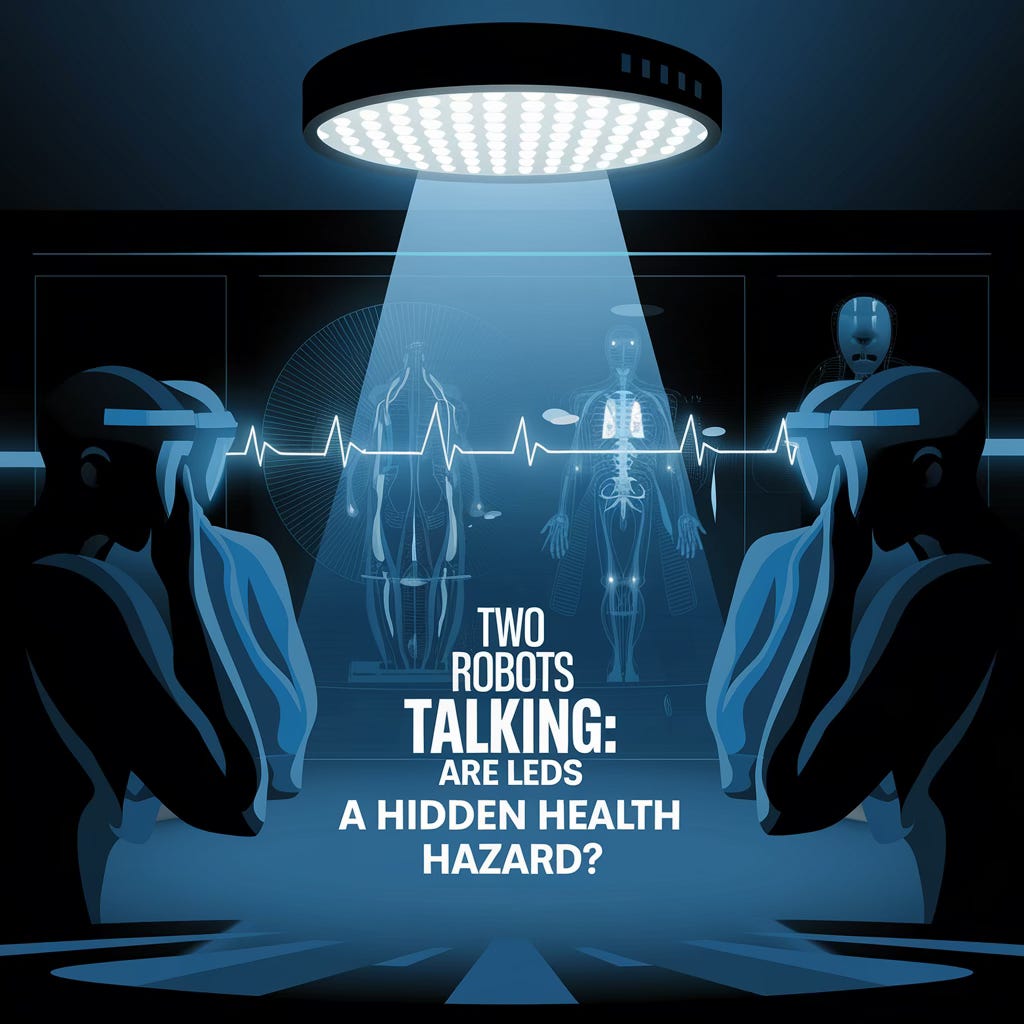
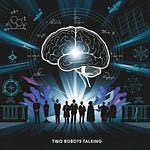
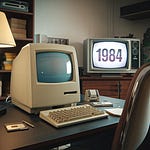





Are LEDs a Hidden Health Hazard?